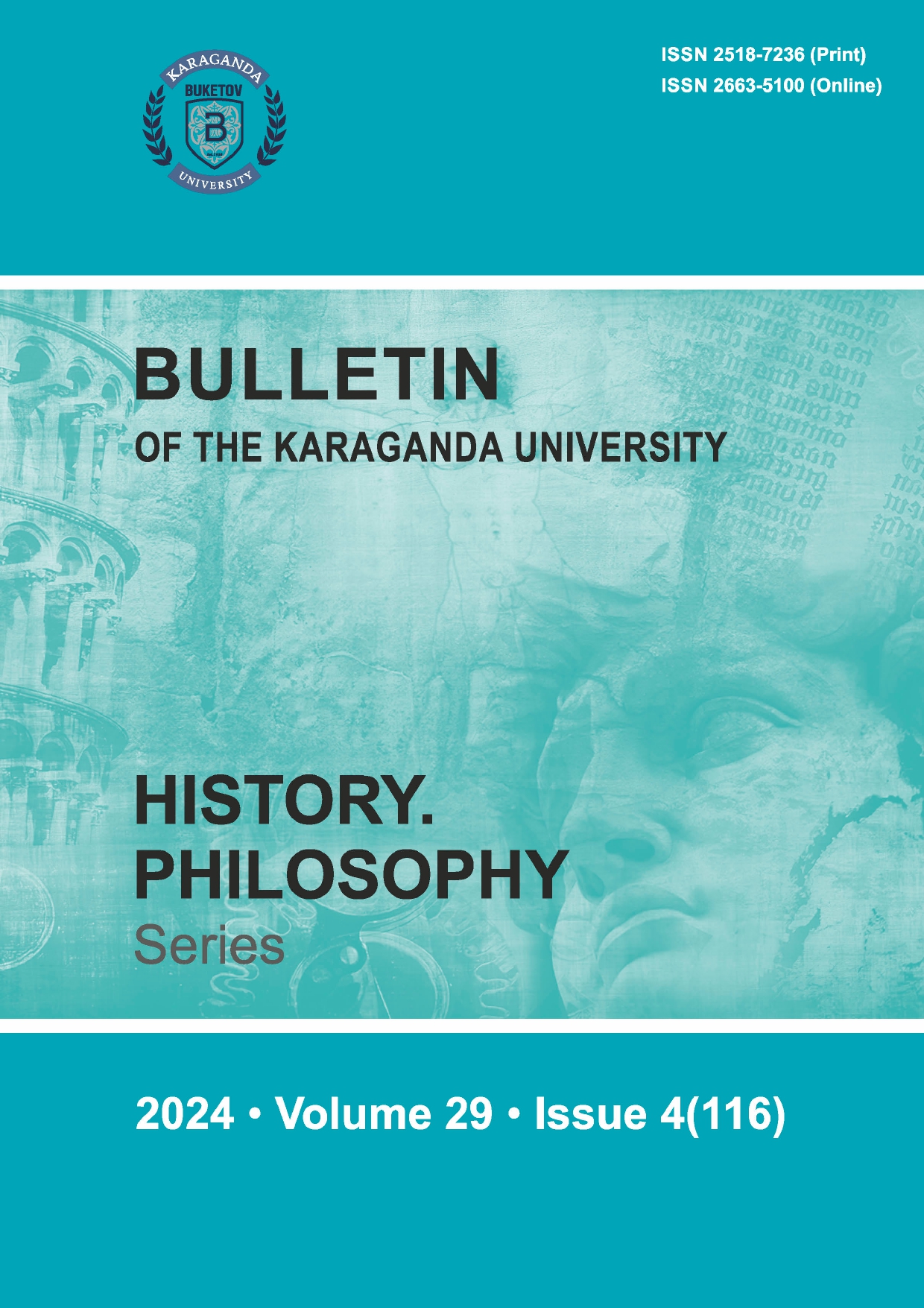Mitigating Child Exploitation and Abuse during Disasters: History, Preparedness and Policy Framework in India
DOI:
https://doi.org/10.31489/2024hph4/89-97Keywords:
Child Exploitation, Trafficking of Children, Disaster Risk Reduction, Policy and Preparedness, Protection Policies for Child Abuse, Build Back BetterAbstract
India has lost an estimated total of 79,732 people with 108 crores displaced as a result of 321 separate natural disasters between 2000‒2019. Together with China, this accounts for approximately 70 % of the global loss during disasters. As the second-most-affected nation in the world, India suffers maximum from floods. Every year, almost 34.5 billion people in India are impacted due to an average of almost 17 floods that hit the region every year. Vulnerability of children in such situations, exacerbates their weaknesses significantly. This makes them an easy prey for abuse and exploitation. More girls than boys seem to mysteriously disappear, according to official statistics. A girl child is coerced into prostitution or domestic servitude which is more difficult to track down than in the case of missing boys. To safeguard the well-being and rights of children during such challenging times, the development and implementation of effective strategies and policies become of significance. The present paper attempts to highlight the link between disasters and exploitation of children while assessing the vulnerabilities that prevail in child exploitation during such a situation. The paper is mainly based on secondary sources of information. It would review and analyse the existing protection and policy framework in India from a child’s perspective. The study attempts to focus on available local organizations
and the role of stakeholders concerned in the implementation of the laws and policy framework. An in-depth analysis will be attempted on the collaboration between government bodies, international organizations, non-governmental entities, and local communities. The main objective is to spell out the mitigating factors that impact children during a disaster and developing a framework that creates a safe environment to build back better.




